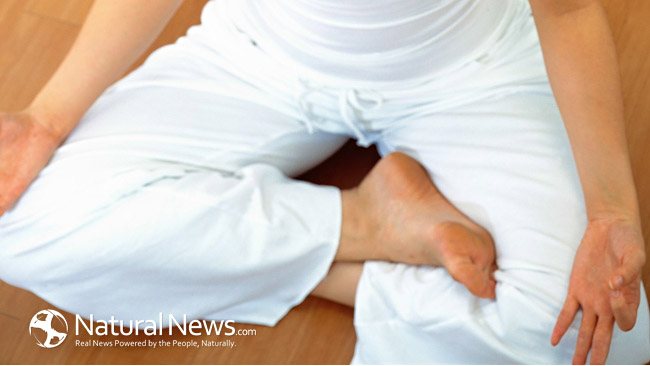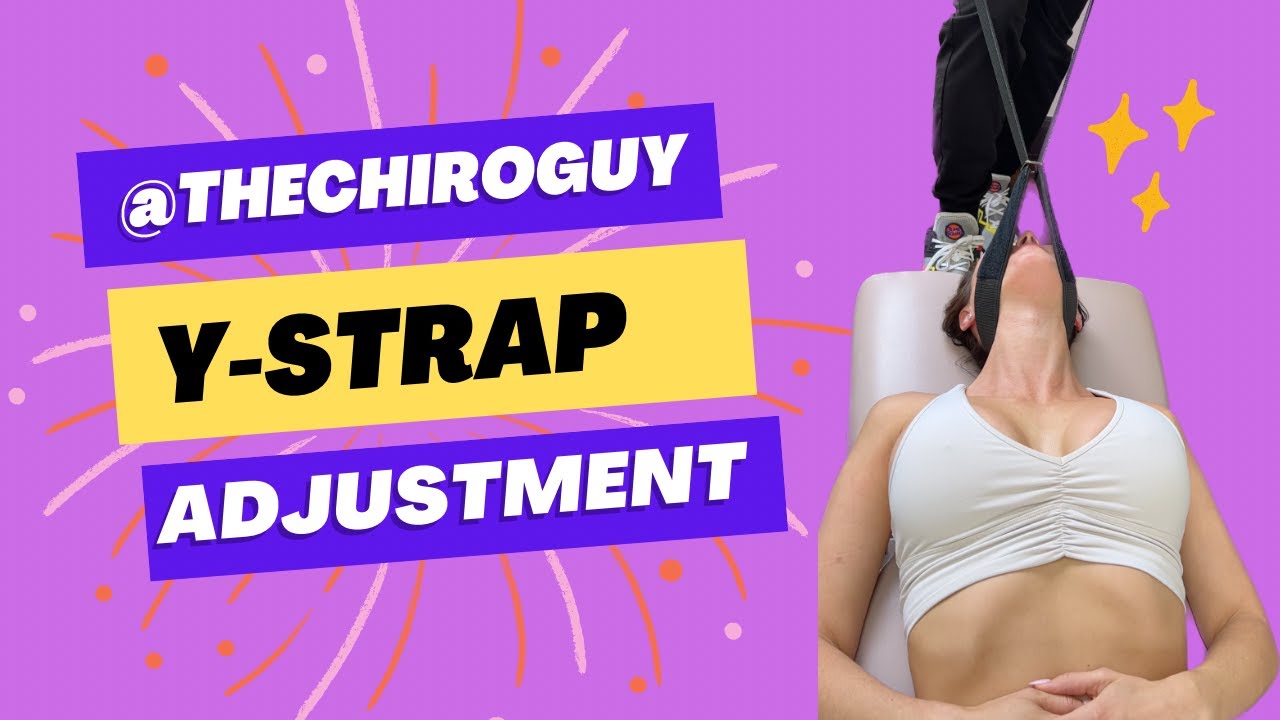A common type of pain associated with the sciatic nerve affects many people, particularly in their low back and left leg areas. Sciatica usually affects this one side of the body starting at the low back, running through the thigh, and then all the way down the leg. It can even reach the toes. This pain can be a shooting sensation or tingly feeling. It becomes worse from sitting. Then when the person stands the pain is intensified. It feels best to just lie down or to be walking. This pain chooses to either be constant or can be infrequent and come and go. It affects mostly middle-aged adults as it is a condition that typically develops over time.
Causes
The root of the lower lumbar spine and lumbosacral spine can become irritated. This could be caused by a muscle spasm that took place in the glutes or the lower back. Being overweight, sleeping on a bad mattress, wearing high heels, and not regularly exercising can cause discomfort to the sciatic nerve. It can also be caused by lumbar spinal stenosis which occurs when the spinal canal becomes narrowed in the lower back. A herniated disc can cause this pain, which causes the nerve to be pinched. When the piriformis muscle is irritated, it can pinch the sciatic nerve. This is the muscle right under the buttocks. Spondylolisthesis can cause this pain which occurs when one vertebra slips over another one. Pregnancy can cause pressure to the sciatic nerve. Degenerative disc disease can also be a culprit which is when the discs are starting to breakdown and this wearing leaves less cushion between the vertebrae. Tobacco use can cause increased degeneration.
Treatment
Most times sciatica will go away over time. Heat and ice can help the pain and inflammation. When pain is sharp, ice can help lessen the inflammation. When there is more of a throbbing or uncomfortable feeling, heat can help the area feel less stressed. The key is messaging or helping the target area alleviate pressure on the nerve. Acupuncture is another holistic approach to alleviate the pinching pain. Stretching, low impact aerobics, and resistance training can help the surrounding area. Physical therapy is another approach.
Living with pain can be difficult, depressing, and hinder your enjoyment of activities you once performed. Pain is your body speaking to you to seek help, so when that one side of the body is talking to you, don’t wait for it to get worse before you allow it to get better. Be proactive for your health, move your body for medicine, and aim to live comfortably in your body as pain free as possible.
https://www.ncbi.nlm.nih.gov/pmc/articles/PMC1895638/
https://www.omicsonline.org/scholarly/sciatica-journals-articles-ppts-list.php
http://saspjournals.com/wp-content/uploads/2014/03/SJMCR-23176-178.pdf
Diagnosis and treatment of sciatica | The BMJ



